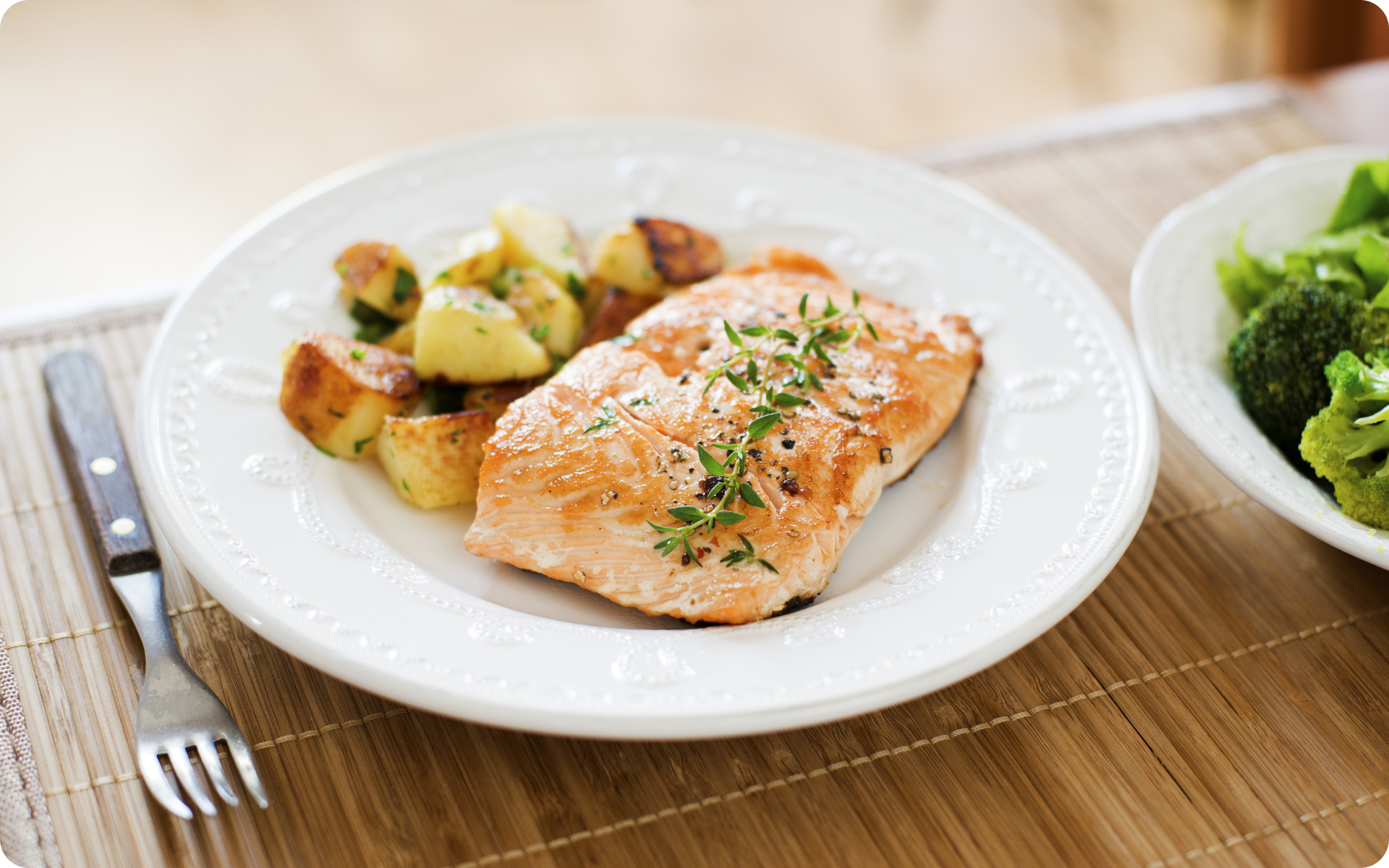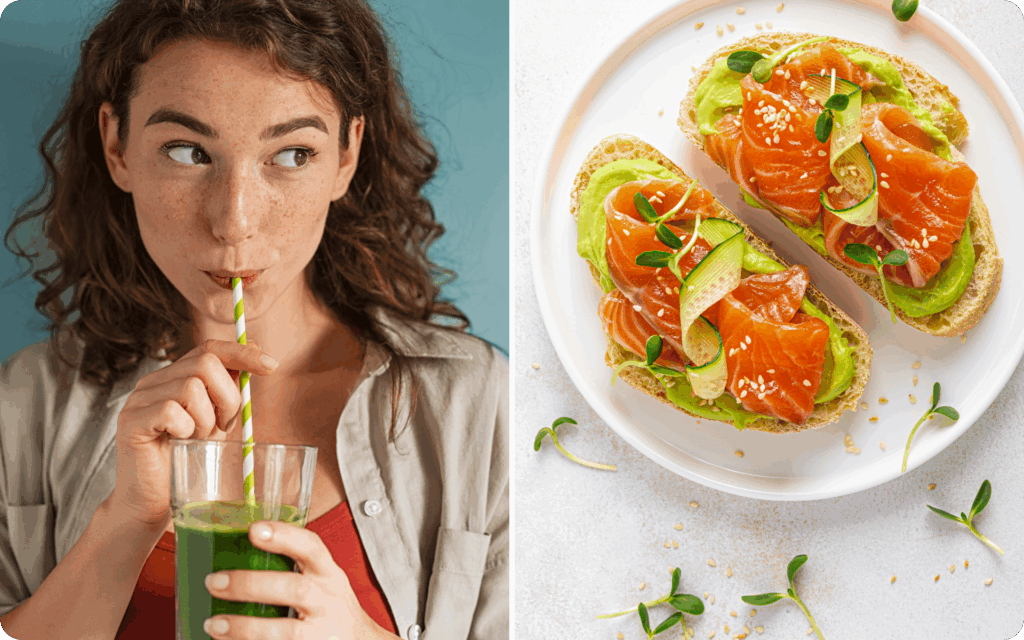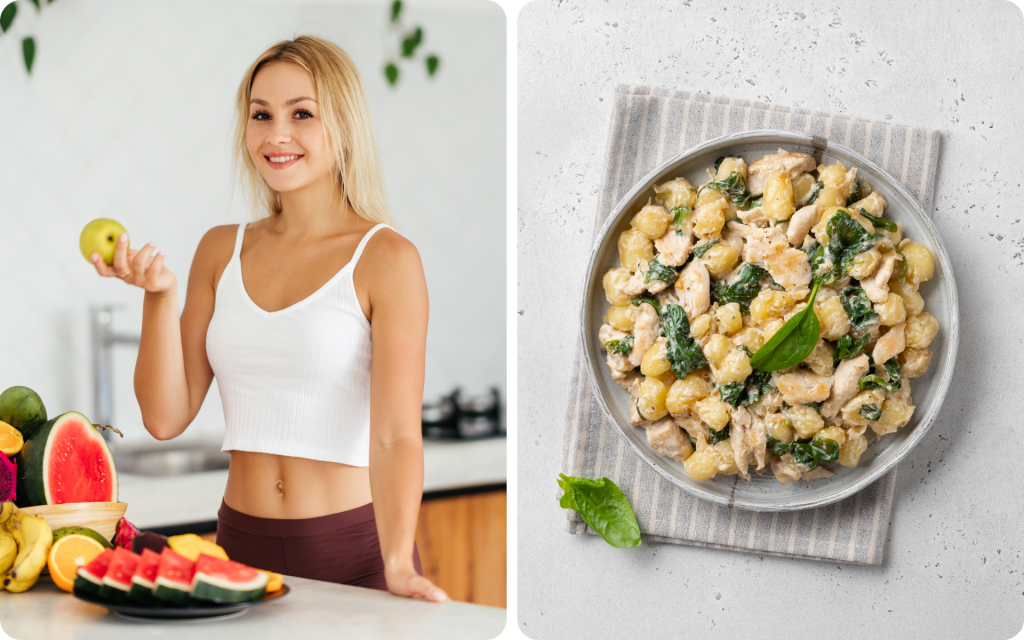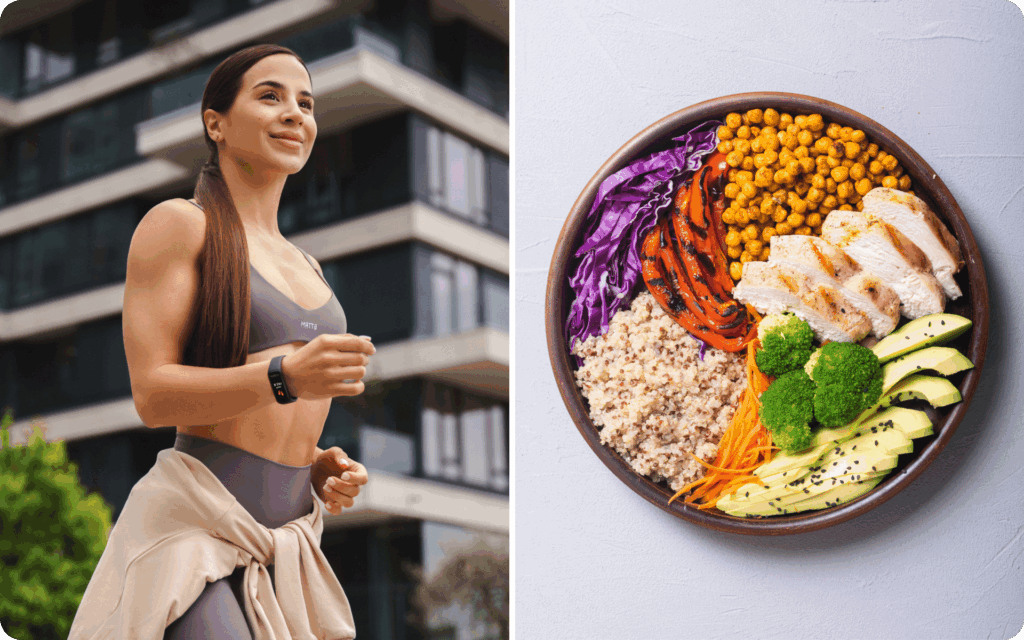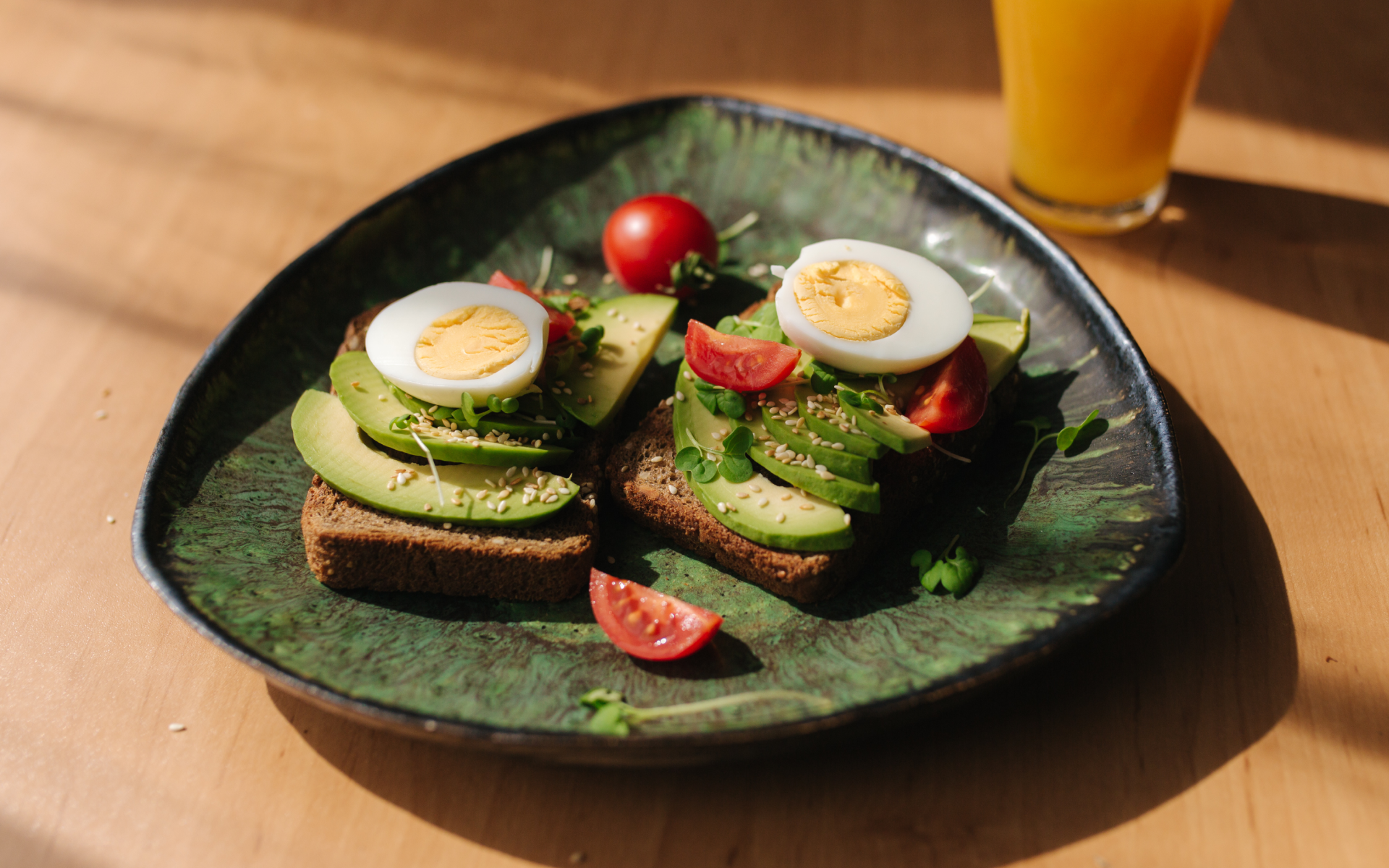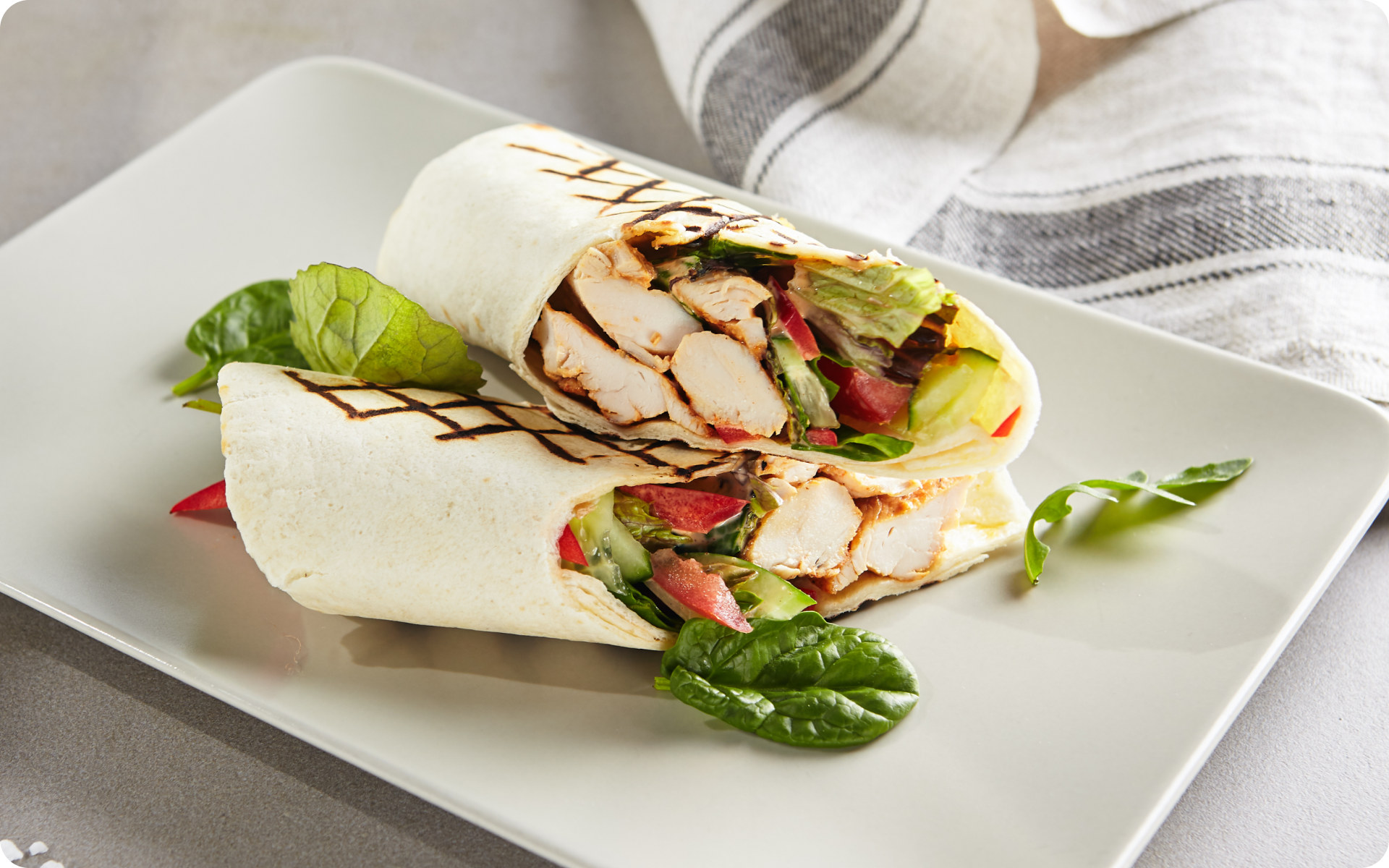Low-carb diets can help you shed excess pounds. For most people, limiting their carbohydrate intake is a straightforward way to reduce their overall calorie intake, which is the key to weight loss.
Some people talk about eating as little as 20 grams of carbs per day, but what does a “20 grams of carbs example” look like? This article can help you plan your meals, create tasty dishes, and enjoy foods with many flavors and nutrients. Let’s jump right in.
What Is an Example of 20 Grams of Carbs in a Day?
Consuming 20 grams a day is a restrictive dietary regimen, usually part of a low-carb ketogenic diet. The meals contain protein, healthy fats, and vegetables. However, the optimal carb intake varies based on the ingredients and cooking method used.
As one large potato, half a cup of pasta, and rice each provide as much or more than the daily limit of 20 grams, they should be avoided when following a low-carb diet. Instead, replace these foods with zucchini pasta, cauliflower mash, and other low-carb vegetables such as spinach, bell pepper, and broccoli.
Here’s a 20 grams of carbs example for the whole day:
- Breakfast: Two scrambled eggs with half a cup of fresh baby spinach and olive oil.
- Lunch: Grilled chicken with one cup of mixed leafy greens and a teaspoon of olive oil vinaigrette.
- Snack: Cucumber with two tablespoons of cream cheese.
- Dinner: Pan-seared salmon with one cup of sautéed zucchini.
- Snack: Stuffed avocado with chopped shrimp.
Read More: Low-Carb Diet Food List: Stay Healthy While Eating Fewer Carbs.
Is Eating 20 Grams of Carbs a Day Healthy?
Eating anything less than 130 grams of carbohydrates per day or less than 26% of daily calories from carbs falls into the category of a low-carb diet. Very low-carb or ketogenic diets usually mean eating 20-50 grams of carbohydrates per day or 5-10% of calories from carbs. Eating this small amount of carbohydrates can feel incredibly restrictive for many people.
However, this eating habit is best reserved for short-term use and isn’t ideal for everyone. You may experience quick results, such as losing some amount of weight relatively quickly, but you may also find it difficult to control the cravings as the diet is unsustainable. For more details about zero carb meals, take a look at our prior publication.
When it comes to weight loss, progress is made by inches, not miles, so it’s much harder to track and a lot easier to give up. The BetterMe: Health Coaching app is your personal trainer, nutritionist, and support system all in one. Start using our app to stay on track and hold yourself accountable!
Potential benefits include:
- Weight loss: Eating 20 grams of carbs daily can put the body into ketosis, where its primary energy source shifts from glucose to fat (1). If the person is also in a calorie deficit, they should end up burning some stored fat, and will most likely lose weight.
- Blood sugar maintenance: Eating fewer carbs per day can help manage glucose levels and improve lipid profiles in people with type 2 diabetes (2). However, this should only be done under the supervision of a doctor as it may require close monitoring and medication adjustments.
How Many Calories Is 20 Grams of Carbs?
Each gram of carbohydrates provides four calories. To calculate the calories, you start with the number of grams, in this case, 20 grams, and multiply it by four. So, 20 grams of carbs create a total of 80 kilocalories of energy.
A 20 grams of carbs example, such as two squares of dark chocolate (70 to 85%), shows how quickly carbs can add up even in small portions of low-sugar foods. Therefore, it’s essential to count carbohydrates on restrictive diets.
The same method applies to other macronutrients. For example, protein has four calories per gram, fat has nine, and alcohol has seven. Carbohydrates are the preferred source of fuel for the body and drastically reducing them can cause ketosis.
In order for the body to function properly on a low-carb diet, you must create sustainable and balanced meal plans that boost energy and manage fatigue. Use the BetterMe app to create a personalized meal plan that is based on your taste and budget. The app makes cooking efficient and straightforward to achieve all your fitness goals.
Can You Lose Weight on 20 Grams of Carbs a Day?
Yes, you can. Consuming 20 grams of carbs a day is a classic example of a very low-carb diet. Eating 20 grams of carbs can put the body in ketosis, which can be an effective dietary strategy for losing weight in obese or overweight adults, if calorie intake is also reduced (4).
However, the 20 grams a day carb limit is unsustainable in the long term. The diet restricts you from eating various healthy food groups, such as whole grains, starchy vegetables, and legumes, which are staples in many diets. The more restrictive a diet is, the more difficult it is to manage cravings.
Read More: 7-Day Weight Loss Low-Carb Diet: Choose High-Protein, High-Fiber, or Ultra-Low-Carb.
What Can I Eat for 20 Grams of Carbs?
Many people struggle to plan their meals accordingly, particularly when they can eat no more than 20 grams of carbohydrates. Here’s a food list you can consider for your daily meal planning:
| Portion | Carbs (grams) | |
|---|---|---|
| Spinach | 1 cup | 1.1 |
| Broccoli | 1 cup | 6 |
| Asparagus | 5 spears | 3.1 |
| Bell peppers | 1 pepper | 7.5 |
| Cucumber | 1 medium | 7.3 |
| Olive oil | 1 tablespoon | |
| Walnuts | 10 walnuts | 2.8 |
| Chia seeds | 1 tablespoon | 5.1 |
| Salmon | 1 fillet | |
| Feta cheese (crumbled) | 1 cup | 6.1 |
What Fruit Has 20 Grams of Carbs?
Many fruits are high in carbohydrates. They are delicious and full of nutrients, but they’re also best avoided when you’re trying to achieve ketosis. If you want to create the perfect 20 grams of carbs example, check out the food list below:
| Portion | Carbs (grams) | |
|---|---|---|
| Apricots, dried | 7 pieces | 15 |
| Cherries | 12 | 15 |
| Watermelon | 1 cup diced | 12 |
| Peaches, canned | ½ cup | 15 |
| Raspberries | 1 cup | 15 |
| Strawberries | 1 cup halves | 12 |
| Plum | 1 fruit | 10 |
How to Stay Under 20g of Carbs
To create a 20 grams of carbs per day meal plan, incorporate meals that are high in fat and very low in carbohydrates that contain moderate amounts of protein. This includes poultry, eggs, fish, olive oil, and non-starchy vegetables.
You may eliminate high-carb foods completely, such as rice, pasta, white bread, or potatoes. Some fruits may be off the list as they contain carbs, but you can enjoy small portions of berries, watermelon, and plums if you plan accordingly. Even healthy-sounding options, such as bananas, are best avoided, because in every 100 grams, you get 23 grams of carbohydrates.
Fill your dish with vegetables such as zucchini, spinach, kale, cucumbers, and mushrooms. They’re lower in carbs and are teeming with nutrients. However, you should measure the portions carefully. Adding different ingredients and a variety of dressings can add more carbs than you may expect.
Snacking also requires some planning. Focus on low-carb snacks such as boiled eggs, celery, or avocado. Always read the nutrition label and calculate the carbs before you cook your meals.
Are you stuck counting carbs and calories? The BetterMe app can help you stay on track without guessing. It can help you with your protein meal plan and zero-carb meals and stop you from exceeding the carb limit. The app includes low-carb recipes and plenty of exercise modalities to keep you in shape.
5 Tips to Ration Your Carbs Throughout the Day
When you create a meal plan, rationing the carbs throughout the day can be difficult. The tips below can provide a basic guideline, regardless of the type of diet you prefer:
- Plan your meals and snacks. If you eat 20g of carbs a day, split the total amount across your meals and snacks. For example, you can aim for 4g of carbs for breakfast, 6g for lunch, 6g for dinner, and 2g for snacks. When you spread the carbohydrates across meals, you create a flexible meal plan that can keep you satiated.
- Focus on protein and healthy fats. Build every meal around protein (fish, chicken, or eggs) and healthy fats (avocado or olive oil). These nutrients, together with low-carb vegetables, can manage cravings and increase your vitamin intake.
- Avoid starchy vegetables. Not all vegetables are equal when it comes to carbs. Non-starchy vegetables such as cauliflower, zucchini, and spinach are a better option. They keep the carb intake manageable. However, starchy vegetables such as corn, butternut squash, and peas can compromise your low-carb diet.
- Track every bite. Every few extra bites can add up. Tracking your meals and logging the food you eat can help you stay on track. Write down your recipes and the amount of carbs next to each ingredient. In this way, you can visualize your progress.
- Save snacks for later. If you tend to snack in the evening, plan your meals accordingly. You don’t need to use up all your snacks at the start of the day. Instead, space them out according to your lifestyle and preference.
Eating 20 grams of carbs a day can help you shed unwanted extra pounds as long as your overall calorie intake is also reduced. It’s a short-term weight loss approach that can result in weight loss, but most people find it difficult to maintain. It isn’t recommended for long-term use as it isn’t nutritionally balanced. Cutting carbs from your diet can cause your body to lose weight. Most of this weight is water weight, particularly in the beginning as you deplete your glycogen stores. However, depriving your body of carbohydrates for a long time can affect your overall health and cause discomfort that can also include exhaustion, weakness, headaches, and bad breath. A medium-sized potato (173 grams) contains 37 grams of total carbohydrates, 3.8 grams of dietary fiber, 4.3 grams of protein, and 2 grams of sugar. Potatoes aren’t bad for the body. However, you may want to avoid them when you’re limiting your carb intake as they’re full of starch. If you’re just trying to eat a healthy balanced diet, then potatoes are OK. No. In one cup of hummus (240 grams), you get 34.4 grams of total carbohydrates, 14.4 grams of dietary fiber, and 18.8 grams of protein. Although hummus is full of potassium, iron, and calcium, it’s a food you may need to avoid on a very low-carb diet. Whether or not you’re following a low-carb diet, everyone should limit added sugars. They can be found in ultra-processed foods, sweet treats, and sugary beverages. These foods tend to be high in calories while offering little nutritional value and they’re easy to overeat, which can contribute to weight gain. Some foods that are believed to be anti-inflammatory include olive oil, oily fish, avocado, fruits, and vegetables. Eating a healthy balanced diet that is rich in these foods may help lower inflammation generally, but it’s also important to talk to your healthcare provider to determine the cause and best treatment for your symptoms.Frequently Asked Questions
Will I lose belly fat if I stop eating carbs?
What happens if I eat no carbs for a month?
How many carbs are in a potato?
Is hummus low-carb?
What is the number one carb to avoid?
Which low-carb food lowers inflammation?
The Bottom Line
Sticking to 20 g of carbs a day requires planning your meals ahead of time. It’s incredibly easy to go over your limit if you don’t know what ingredients to use. However, you can stay full and satisfied if you build each meal around a protein source and add fat and low-carb vegetables. Drink water, herbal teas, or black coffee instead of sugary drinks. Overall, low-carb meals require careful portion control and consistent tracking. Starchy vegetables, grain products, and some fruits may be off the list, but you can still make delicious meals every single day. Incredibly restrictive low-carb diets aren’t ideal in the long-term and they aren’t the healthiest way to lose weight. They’re also not safe for everyone, so you should talk to your healthcare provider to get individualized advice.
DISCLAIMER:
This article is intended for general informational purposes only and does not serve to address individual circumstances. It is not a substitute for professional advice or help and should not be relied on for making any kind of decision-making. Any action taken as a direct or indirect result of the information in this article is entirely at your own risk and is your sole responsibility.
BetterMe, its content staff, and its medical advisors accept no responsibility for inaccuracies, errors, misstatements, inconsistencies, or omissions and specifically disclaim any liability, loss or risk, personal, professional or otherwise, which may be incurred as a consequence, directly or indirectly, of the use and/or application of any content.
You should always seek the advice of your physician or other qualified health provider with any questions you may have regarding a medical condition or your specific situation. Never disregard professional medical advice or delay seeking it because of BetterMe content. If you suspect or think you may have a medical emergency, call your doctor.
SOURCES:
- Low-Carbohydrate Diet (2023, nih.gov)
- The Effect of Low-Carbohydrate Diet on Glycemic Control in Patients with Type 2 Diabetes Mellitus (2018, nih.gov)
- Increased low-density lipoprotein cholesterol on a low-carbohydrate diet in adults with normal but not high body weight: A meta-analysis (2024, nih.gov)
- Effect of carbohydrate restriction on body weight in overweight and obese adults: a systematic review and dose–response meta-analysis of 110 randomized controlled trials (2023, nih.gov)
